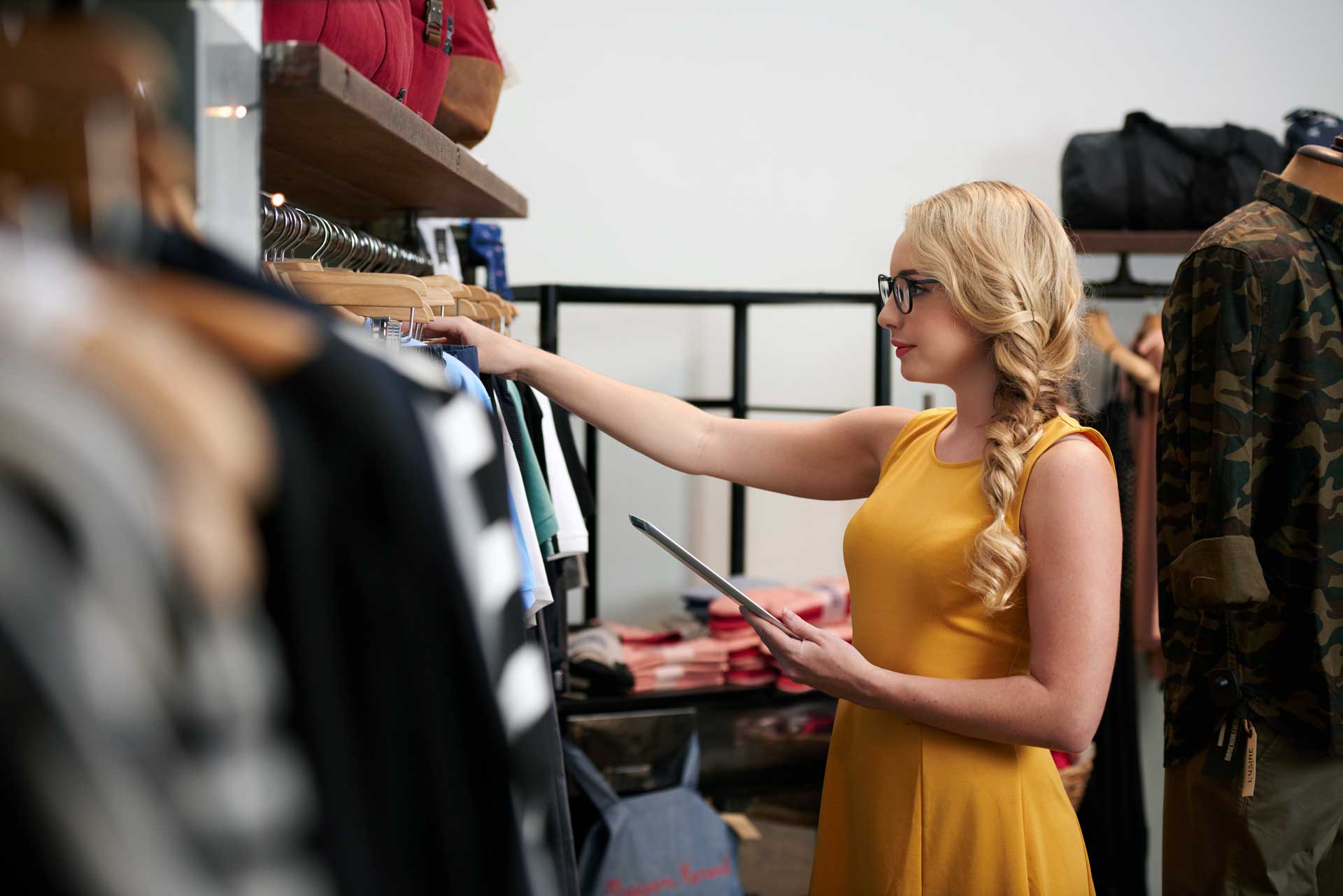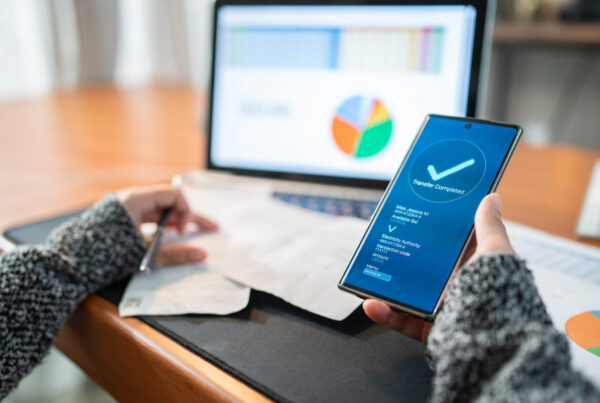When your retail management process is smooth enough, increasing sales and profits should be the next big goal. With upselling and cross-selling, retailers can easily achieve this without too much additional effort. So what exactly do retail upselling and cross-selling mean?
What is upselling in retail?
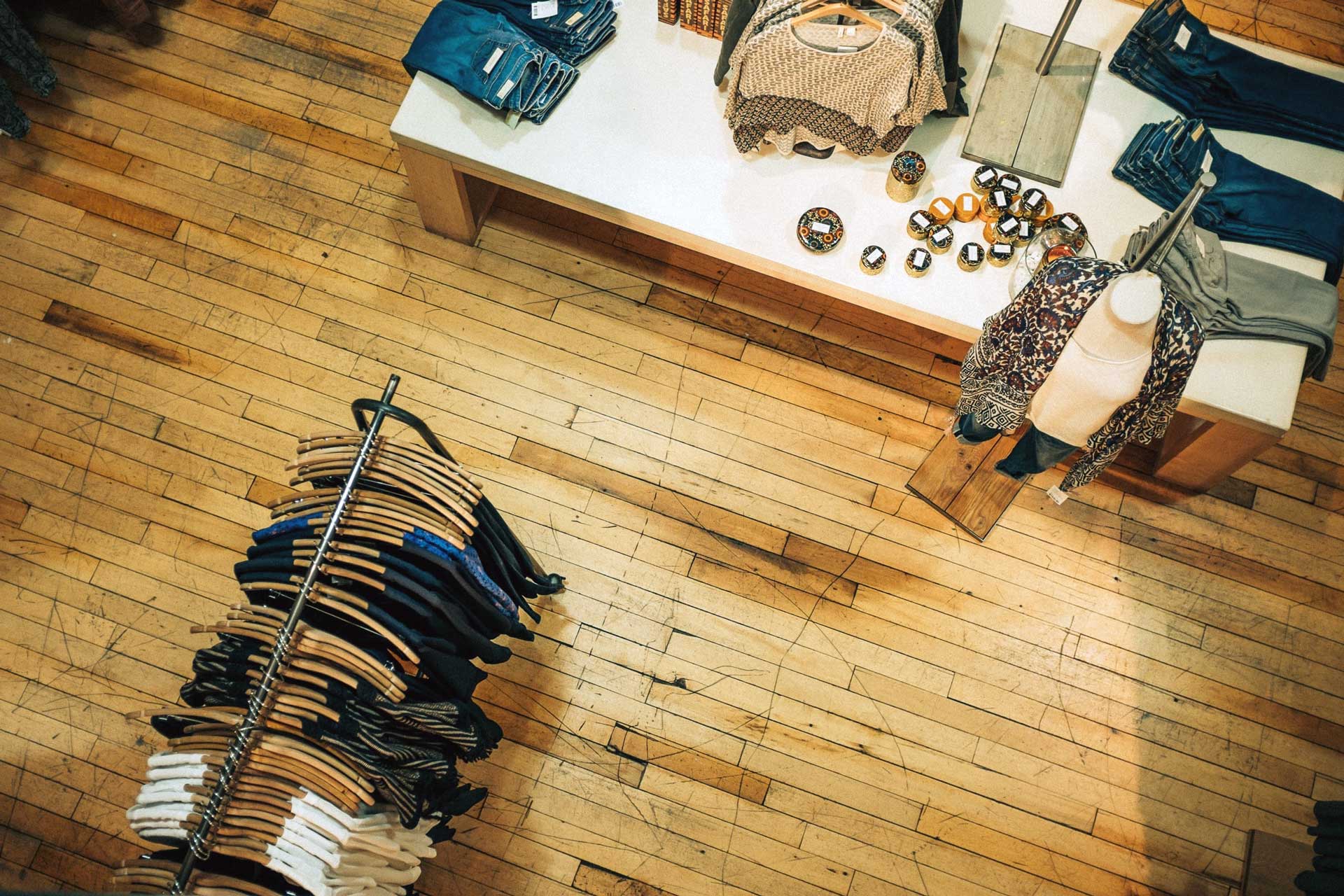
Upselling is offering your customers a more valuable and higher-priced version of the item they are looking for. By showing customers that other versions or models may better fulfill their needs, retailers can increase average order values (AOV) and help them walk away more satisfied with their purchase.
When it comes to sales techniques to grow your average sales, a product upsell may be one of the best approaches. Upselling has many benefits to retailers, from building deeper relationships with customers by suggesting premiums or upgrades that will eventually deliver more value, to making customers feel like they got the better deal, encouraging them to come back for more.
For instance, when a customer goes to your sportswear store and would like to purchase a workout top, your sales staff can offer them a few options of workout tops made of different materials. These options will also have various prices for the customer to choose from. If they decide to buy the higher-priced option, your staff has successfully upsold.
What is cross-selling in retail?
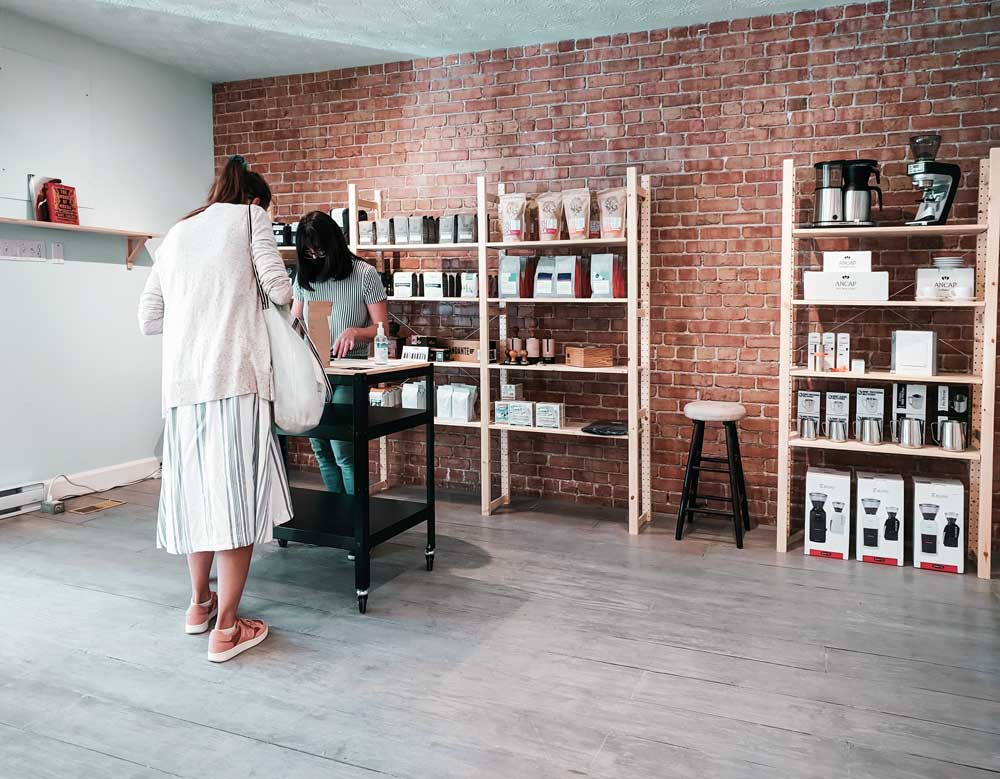
Cross-selling is recommending several products related to the original purchase of the customers. After the customer has decided on a product, it’s up to you to paint a picture of how another product might add more value, save time, or save another trip to the store. The add-on items that you choose to cross-sell can be complementary products to help the customer enjoy their first product even more.
You can move to this step right after your customers have gotten what they want in the first place. Don’t assume whether customers can afford it or not. Keep in mind that the customer journey begins with a need but doesn’t end there.
Using the same example of the sportswear store, when the customer has purchased the premium option of the workout top, you can cross-sell by recommending them workout pants to complete a whole gym set.
15 upselling and cross-selling techniques to boost sales in 2025
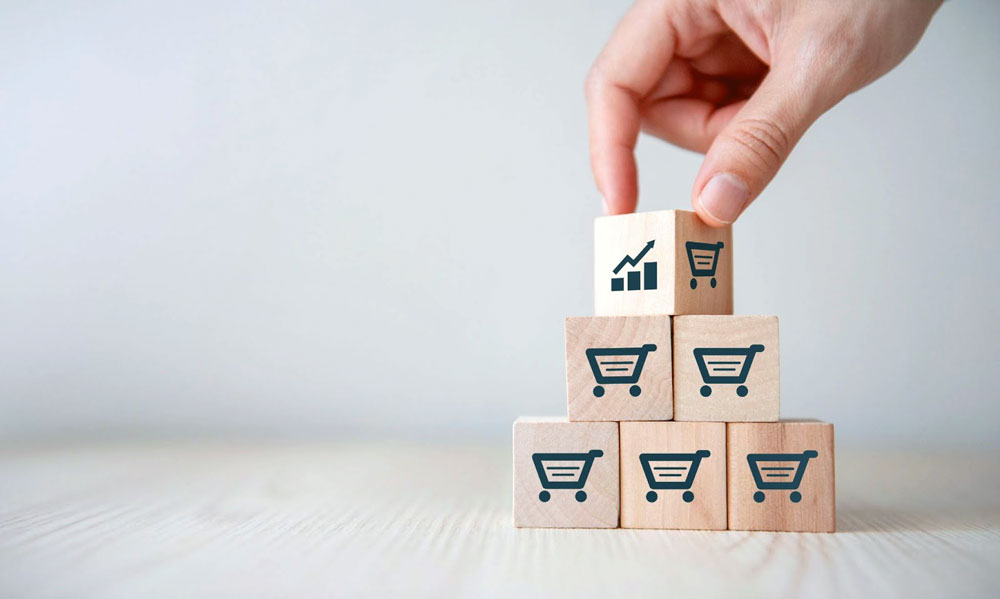
1. Know your products
To know how to upsell in retail, you must first understand your products and customers well. Otherwise, you may end up not getting more sales and driving customers away. Understanding the products you are selling allows you to present their benefits accurately and persuasively. Furthermore, customers are more likely to trust salespeople who show confidence in themselves and what they’re selling.
To increase your knowledge, you can use conventional and creative sources of information to learn about your products, including training programs, product brochures and catalogs, your team members, your own experience, or feedback from customers, etc.
2. Set clear goals
Make sure that you and your sales team know exactly what the final goals are. To do so, you have to look into accurate POS reports to get a clear picture of your business performance, then build plans and establish objectives accordingly.
One thing to keep in mind when setting sales goals is that upselling is easier than cross-selling. A customer who’s already found what they’re looking for may be persuaded to pay more for that item, but it’s harder to convince them to purchase other products related to it.
3. Get to know your customers

Apart from knowing your products, knowing your customers is also essential. With the growth of social media, it’s no hassle to find out what’s trending and the products that people are willing to spend money on. However, it’s no substitute to talking to customers, preferably in-person when they’re shopping to get their insights. Thus, you can upsell or cross-sell products close to your customer’s needs and preferences.
4. Tell stories to sell
Put yourself in the customers’ shoes and ask yourself if you’d like to listen to bland stats about how the product is superior to others, or if you prefer a real-life scenario where the product can help make your life easier.
Paint a picture so your customers can see themselves enjoying your products and the supplementary ones. To revisit our earlier example, your sales associate can describe how a comfortable and high-quality workout top and its accessories are great for an exhausting workout session at the gym.
5. Recommend your best-sellers
One of the best cross-selling techniques is suggesting products that are trending with other shoppers. These could be your best-sellers or most frequently asked items at the moment. When there is no auxiliary item or items related to the one the customer had in mind, this method may be of great use.
Be mindful that you wouldn’t want to confuse your customers when they’re making decisions. So the most appropriate time to make this cross-selling effort is after the customers are determined to buy the original item.
This tactic is most common on digital cross-selling on eCommerce stores with pop-up cross-selling messages like “You may also like” after customers have added a product to their cart.
6. Give your upsells spotlight

You may question how to upsell in retail without “push sell”. A great way to do this is by presenting your upsell items at the front of your store. This requires taking a closer look into the market as a whole to identify the current or seasonal trends, then pick the best products of each trend, and showcase them at a place that can easily catch your customers’ eyes.
For example, it’s almost Christmas and a lot of people are doing their last-minute shopping. On this occasion, your customers are looking for decorations or items that they can give to family and friends. Therefore you can have a special counter to feature the greatest Christmas-themed products you’re having in-store.
Your thorough understanding of the market and trends can help make a more relevant upsell offer, so upselling would come more naturally.
7. Group similar products
Selling clustered or bundled products that share similar attributes is one of cross-selling best practices. You can group your products in different ways, such as type, occasion, materials, price, design, color, size, brand, function, and more.
Convincing your customers to buy a complementary item for their original purchase can be tricky if you’re doing it separately. However, bundled products can be a win-win situation for you and your customers. Along with the convenience of purchasing a preselected set, customers can also get a good bargain such as a discount when they buy the whole set, and you won’t have to put in too much effort to sell more.
8. Pay attention to your customers’ budget
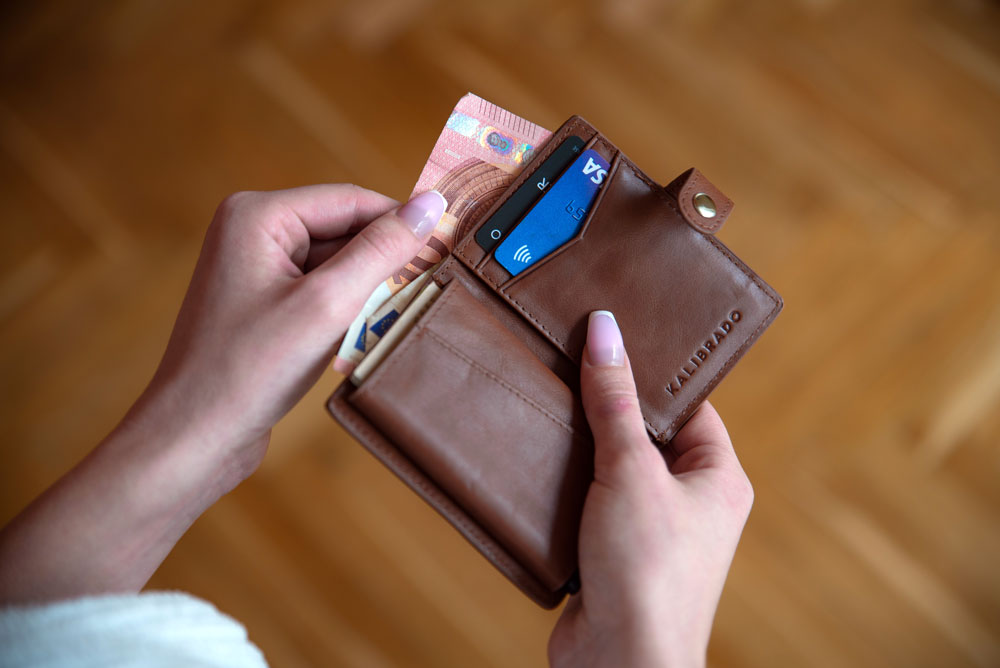
Getting more profits from the customers who already come to your store may sound really tempting, but there are many cases where practicing upsell and cross-sell can be inappropriate. If your customers have made it clear from the start that they’re tight on budget, it’s better to not insist and respect their will. Even in cases where your customers don’t appear to be on a budget, there are still pricing rules to be followed.
Always keep in mind the rule of 25%, which means you should never try to upsell or cross-sell items that are more than 25% of the original order. Whichever upselling techniques in retail you want to apply need to follow this rule. For example, if the original order is $100, you should be cautious when attempting to exceed that order by $25.
9. Encourage customers with rewards
When customers decide to purchase the upsell or cross-sell items, you can consider rewarding your customers with additional benefits. This can increase the chance of your customers returning to your store later.
Rewards for customers can be small perks such as a tester of a coveted product when they reach a certain spending threshold, or if you have a loyalty program, points for their purchase. Discount for additional items is the all-time favorite, especially when you’re selling bundled products. Buying 2 or more products for a better price can definitely encourage your customers.
10. Limited-time offers
On your eCommerce website, a countdown timer used correctly can help increase conversion rates. You can apply the same method to customers who come directly to your store. For instance, Black Friday is an occasion when limiting great deals and offers to 24 hours can drive tremendous sales for both online and offline stores.
The combination of exclusivity, urgency, and scarcity is the driving force that urges customers to purchase items immediately, so remember to set timelines for your deals and promotions and inform the customers to encourage them to take action.
11. Use round numbers to make the sale when appropriate
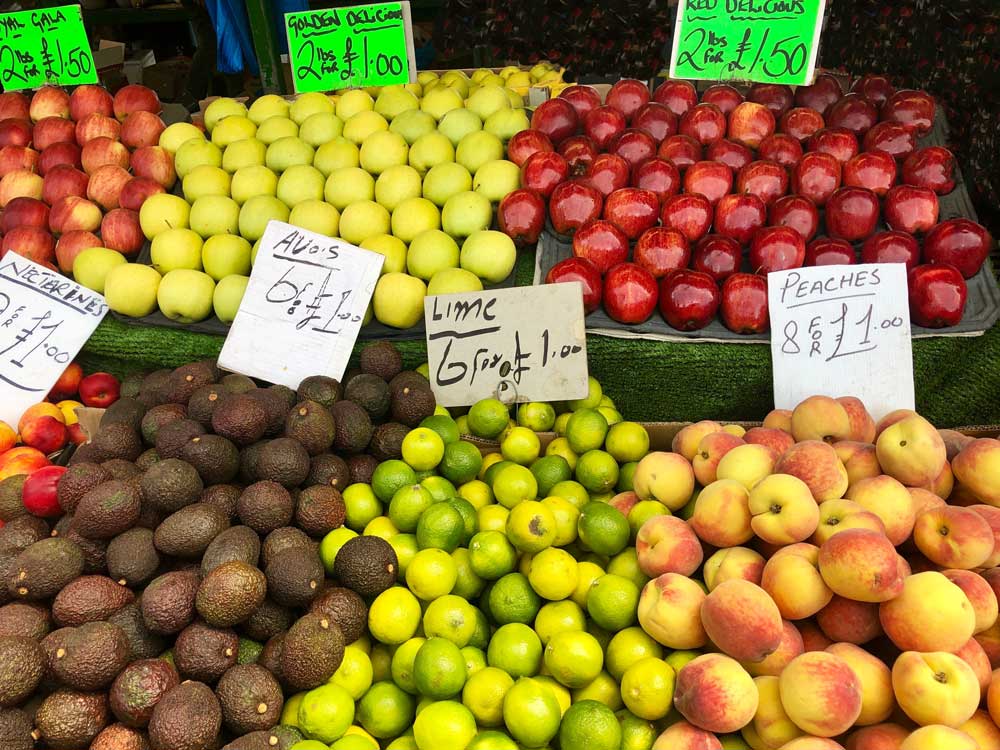
Customers are no longer easily fooled by a $4.99 price tag. Instead, most of them would rather pay $5.00. In contrast to the popularity of pricing that ends in “9” and “99”, according to some studies, most customers appear to favor round numbers when paying for goods and services.
Don’t overuse those -.49 and -.99 price tags. Take into account the preference for whole-dollar amounts when setting prices to make it easier for customers to process the price difference between 2 items. They would appreciate the honesty of a flat amount and associate round prices with higher quality, which may encourage more favorable attitudes toward products that carry price tags ending in double zeroes.
12. Do not make customers feel “tricked”
Cross-selling practices, and even upselling, may sometimes leave customers with sour emotions if they aren’t done right. Even if customers agree to buy the items, you would want them to be satisfied with their purchase and not feel “tricked”.
“Dark patterns” are most common on online stores or eCommerce platforms. For instance, meals and insurance are chosen in advance when booking flight tickets, and customers have to uncheck the boxes manually to make sure they don’t pay for unnecessary services.
However, these practices can also turn up at brick-and-mortar stores, such as bundled products being tied together while they can be sold separately. If you don’t want your store to get negative reviews from customers, avoid such patterns at all costs.
13. Exhibit the value customers are getting
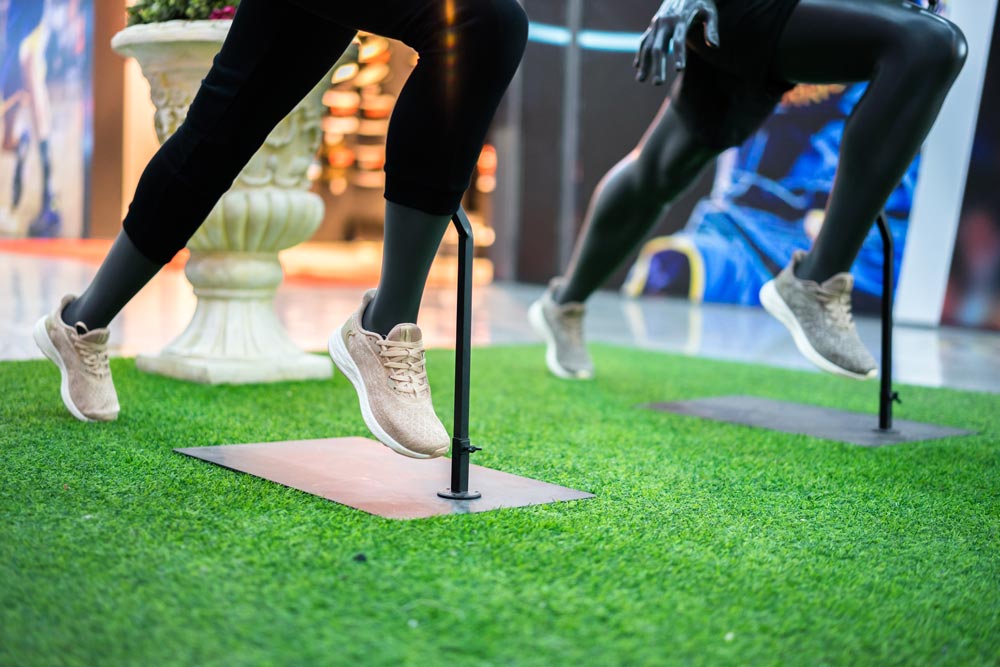
Being able to see or touch the products being offered for upselling or cross-selling may help customers make decisions more quickly. In addition to telling real-life stories of how the products can be of use, showcasing the products is a great tactic as a good product will sell itself.
If you’re upselling a t-shirt, you can simply put the original item and the upsell one next to each other and the customer can see the difference in quality themselves. If you’re cross-selling that t-shirt with a pair of jeans, mix and match them so your customer can see how well they go with each other.
14. Follow the rule of third
The main goal of upselling and cross-selling is to increase average order value, but each offer must be presented carefully instead of just showing random options. If you are overwhelmed with so many methods of how to upsell in retail, the classic “rule of third” will come in handy.
During the upselling stage, you can follow the “rule of third” and show customers 3 items:
- The “baseline” item: The original item that your customer is looking for
- The “alternative” item: A more premium and higher-priced version of the baseline item
- The “dream” item: Another premium version of the baseline item but likely out of your customer’s budget
Getting the customer to pick the “dream” version for the highest price would be ideal, but just getting them to purchase the middle-price one would still be considered a successful upsell.
The “rule of third” can also be applied when you are cross-selling: Show your customers 3 items to go with their original item and let them choose. For cross-selling, the additional items you suggest may or may not be directly related to the particular product the customer was looking for.
15. Make use of your POS system
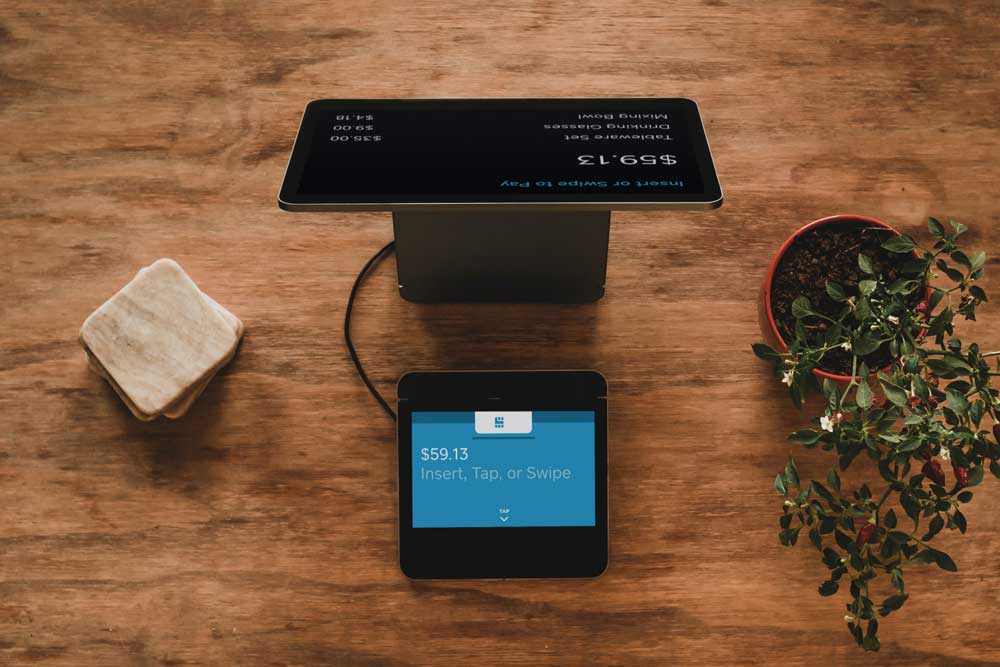
Following all of the techniques above can be quite a handful unless you optimize your point of sale (POS) system. It’s undoubtedly one of the greatest and most useful tools you can have in your store. From growing repeat business by rewarding your customers with loyalty programs to learning your business performance through POS reports, you can do everything in just a blink of an eye.
Like most tools, a POS system is only as good as the person using it, thus it’s important that your staff thoroughly understand the ins and outs of your POS system to get the most out of it.
Good examples of upselling and cross-selling
Amazon is widely known for optimally executing both cross-selling and upselling that have become the standards for most eCommerce businesses. If you’ve ever shopped at Amazon, you can see cross-selling techniques right on the product page with sections such as “Frequently bought together” or “Customers who viewed this item also viewed”.
The complementary items are related to the ones customers already want to buy, thus making the cross-sell effort appear effortless. Likewise, Amazon applies upselling techniques through Amazon Premium and they promote the subscription service in a non-pushy way without damaging the customer experience.
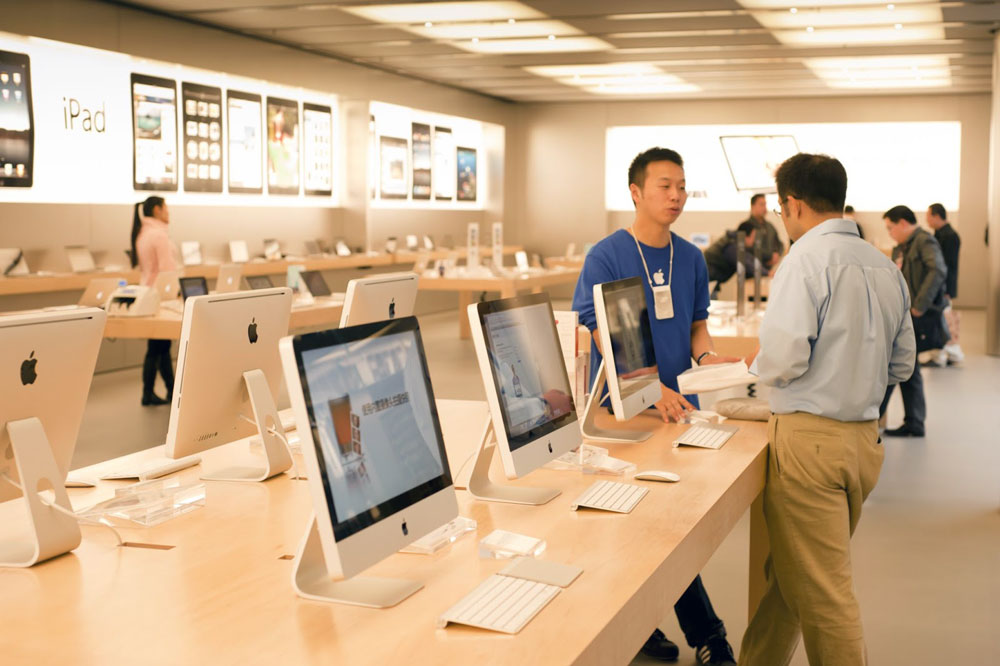
Another great example of upselling and cross-selling is the Apple Store. They have mastered these techniques and it shows clearly in the way they place each product in their stores and how their sales staff present the items to you.
You can go to an Apple store determined to buy an iPhone 12 mini but you may end up walking away with an iPhone 12 because it’s still in the same color that you like, but only $150 more for all the exclusive benefits that the mini one doesn’t have. The in-store advertisements will also show up at the right place to make sure that you find complementary products, like airpods or phone cases, that add more value to your purchase.
Apple’s upselling and cross-selling strategies are so well executed that the brand’s most loyal customers wouldn’t mind purchasing higher-priced items every time Apple releases new products.
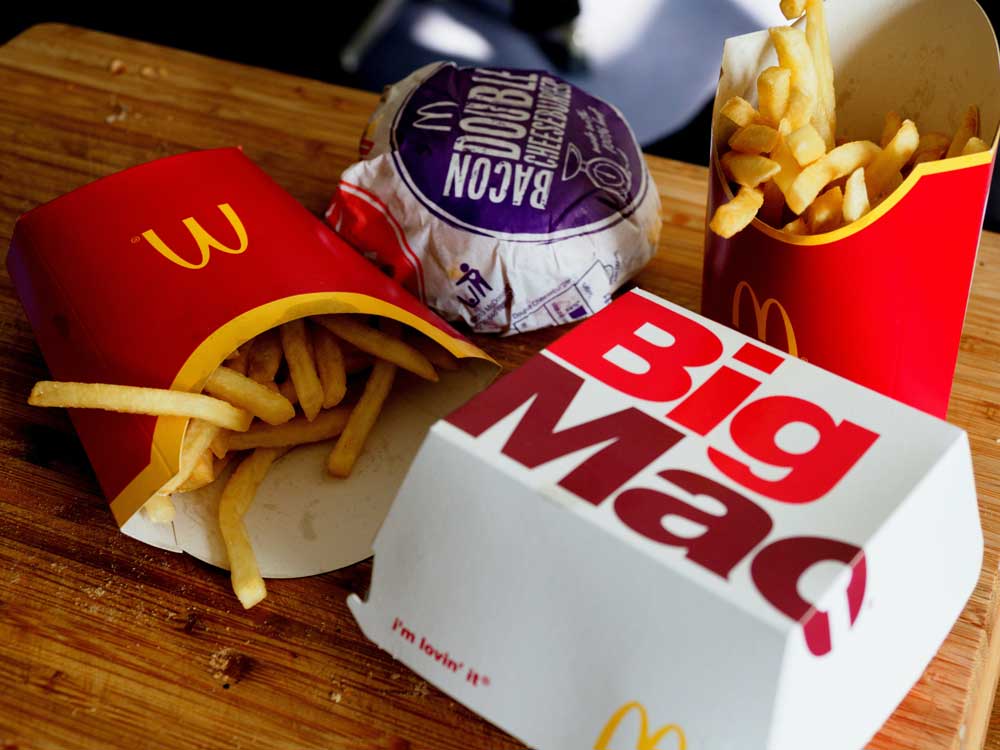
For physical stores, fast food chains such as McDonald’s can be considered the best example of cross-selling in physical points of sale. They experiment with offers to guarantee an increase in the quantity of products purchased by customers. “Would you like some fries with that?” is a classic cross-selling tip in practice that most of us have seen.
Last but not least: Grocery stores. Every supermarket develops both upselling and cross-selling techniques through offers, discounts, and strategic positioning of each product. Have you ever caught yourself going to a supermarket to buy just one thing and ending up with a filled shopping cart? It’s common to pick up the items on the shelves next to the checkout counters. Properly applied cross-selling and up-selling can be infallible.
Conclusion
It may seem complicated to completely understand how to upsell and cross-sell in retail. However, if you can answer specific questions of what, who, why, when, and how, then you can come up with a successful and suitable cross-sell or up-sell plan for your business. Following the above tips and making use of your POS system will minimize the time and effort required to successfully close the deals.
